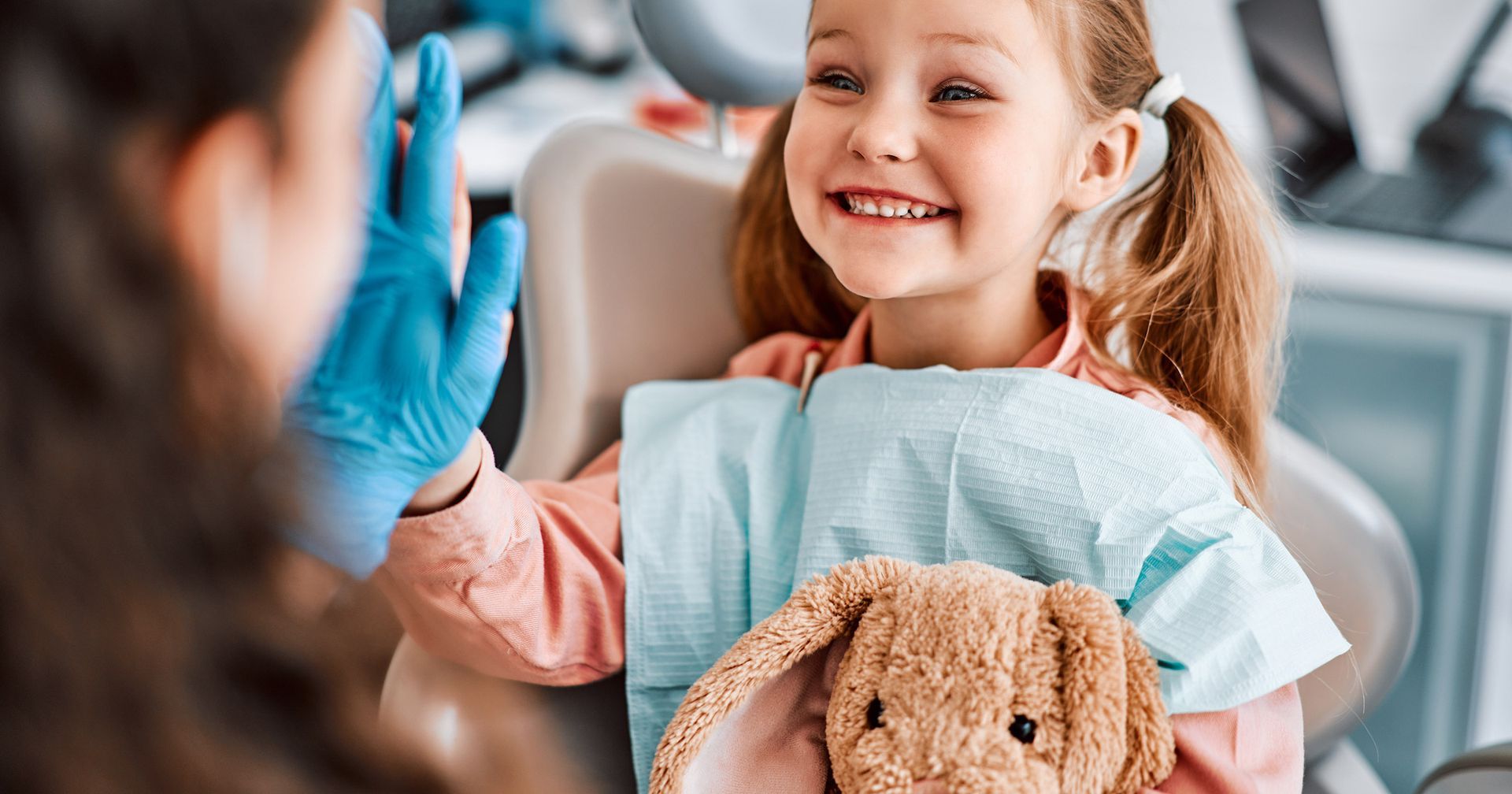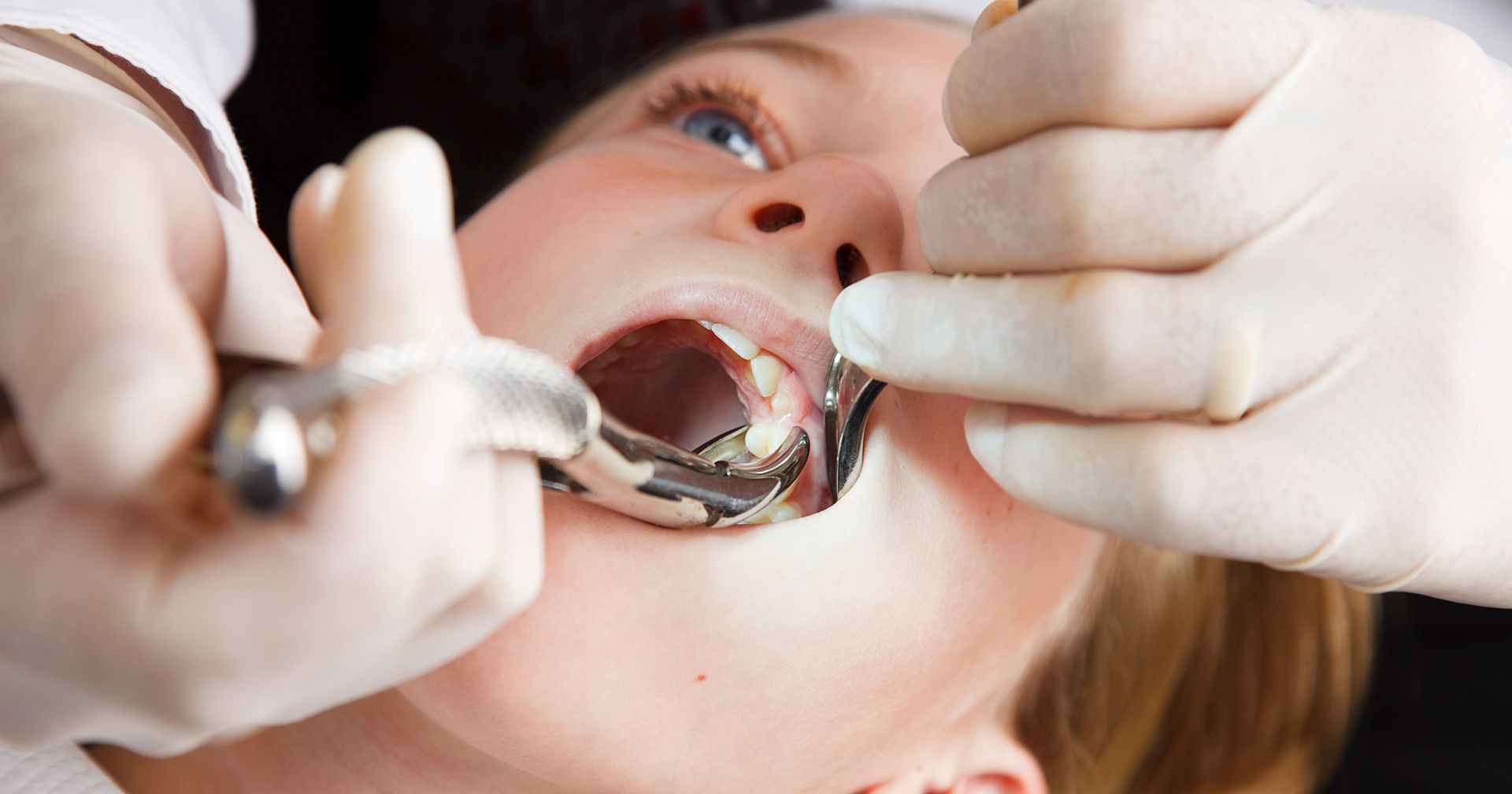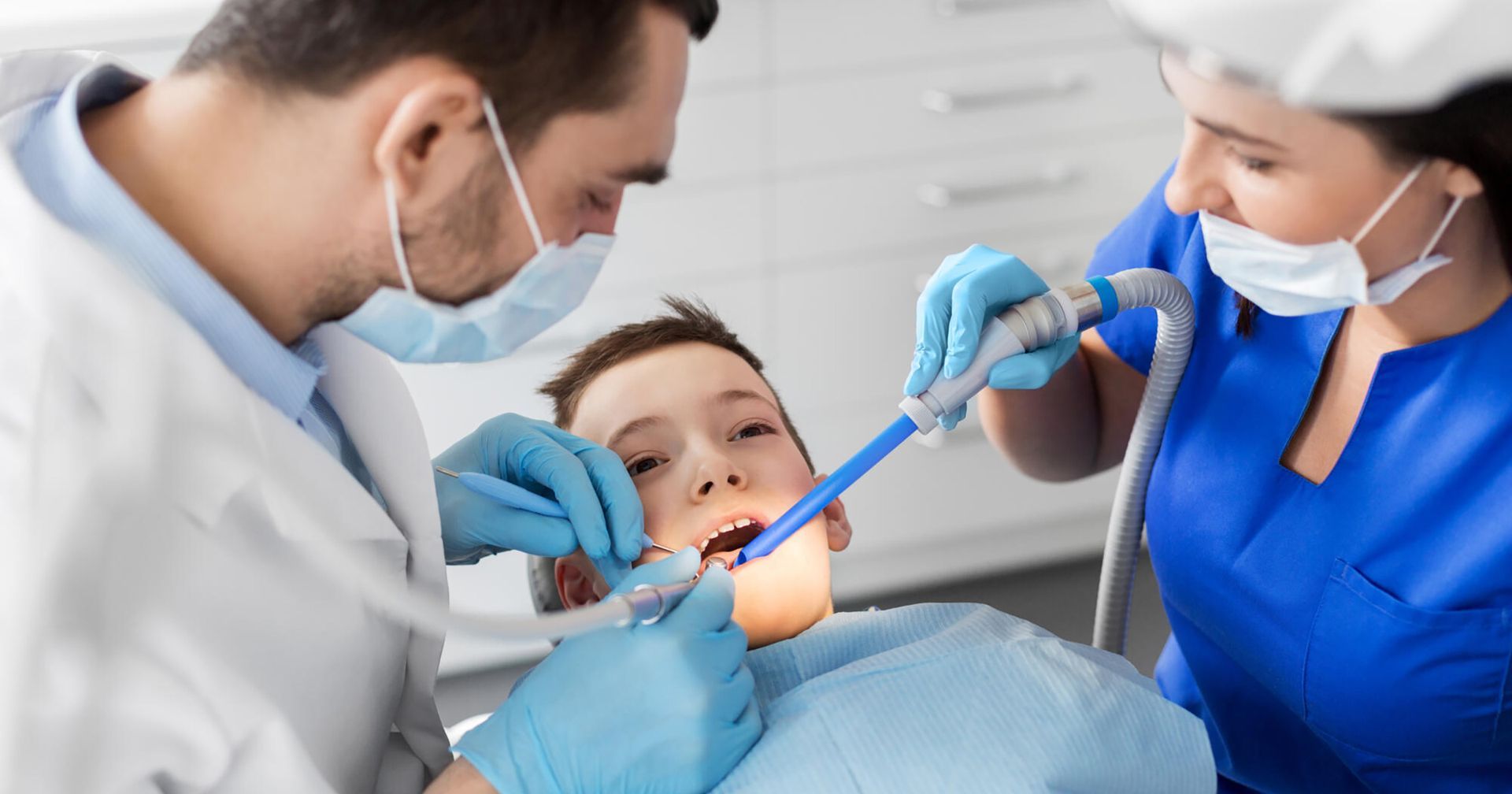Are Teeth Supposed to Be White? Teeth Whitening 101
Are teeth supposed to be white? Should you consider teeth whitening? Here's everything you need to know about teeth whitening.
What Causes Yellow Teeth?
- Illness, especially infection
- Taking antibiotics such as tetracycline or doxycycline
- Medications like antipsychotics, antihistamines, and blood pressure drugs
- Chemotherapy treatments
- An excess of fluoride
- Amalgam or silver dental fillings
Then There's Extrinsic Staining
On the other hand, extrinsic staining has to do with the surface of the teeth becoming discolored.
The best way to prevent extrinsic staining is to avoid consuming certain substances that affect the teeth from outside. Some examples are coffee, tea, colas, red wine, grape juice, blueberries, soy sauce, and tomato-based sauces. All of these can lead to dingy tooth enamel.
One main cause of yellow teeth that is within every dental patient's control is smoking. If you are a smoker, take steps to stop — it will benefit not only your smile but your overall health as well, of course.
Lastly, take care of your choppers! Poor dental hygiene leads to plaque buildup, which in turn can lead to staining and a yellow appearance. Plaque is also at the root of cavities, gingivitis, and bad breath.
So...Are Teeth Supposed to Be White?
Yes...and no. Very few people have pure, pristine white teeth. That's why those aforementioned celebrities' smiles often look so phony — they are whitened well beyond a "natural" shade.
Most of us have a smile that runs the gamut from white to dark yellow or gray. It is largely shifting standards of beauty that have led so many of us to think that teeth ought to be as white as possible. Watch some television programs from the 1970s and 1980s, and you'll be surprised at how yellow so many people's smiles truly are.
Another myth that persists is that white teeth are healthier than yellow or gray ones. It's true that some staining is caused by plaque buildup, but having brilliant, sparkling teeth doesn't mean that they are in tip-top shape. It's perfectly possible to have discolored teeth that are nonetheless extremely healthy.
The Best Way to Whiten Teeth
If you are among those whose smiles are stained or discolored, it's a good idea to look into teeth whitening. Just as there's a range of natural tooth colors, there is a range of shades that whitening can achieve. That means you can achieve brighter, more attractive teeth that are nonetheless still natural-looking.
Considering over-the-counter products, like whitening strips, toothpaste, or gel trays? Think again, say the experts. At best, these might give your chompers a temporary boost of brightness. At worst, they can be ineffective — or cause irritation to the gums, tongue, and mouth and damage to the teeth themselves.
Instead, opt for professional whitening treatments. These will cost a little more than picking up a box of adhesive strips from the grocery store, but patients almost universally agree that a professional job is worth every penny.
Why? First of all, cosmetic dentists use whitening solutions that are much stronger and more effective than anything you can buy off the shelf. Moreover, in-office delivery methods are safer and better.
You stand much less of a chance of gum irritation and sensitivity from whitening treatments when you have them done professionally. And the results are better, too. The dentist will use a special light to augment the power of the whitening product.
At-Home Care After the Whitening
Once you have had a professional tooth whitening session, you will want to be careful to maintain those beautiful results!
Steer clear of all those dark, discoloring drinks and foods. If you must drink coffee or cola, do so through a straw. Brush right afterward. Here's where that whitening toothpaste can be a good idea, to help scrub away potentially staining substances.
Can't get to a toothbrush? Chew sugar-free gum to create saliva, which can aid in washing away stains and plaque. Rinsing your mouth with mouthwash or water will also help.
In fact, you should be vigilant about dental hygiene in general. Twice-daily brushing and flossing are always essential, but especially so when you have a gorgeous white smile that you want to keep.
Want to Learn More About Whitening?
Now that you've found out the answer to the question "Are teeth supposed to be white?" you might be curious about brightening your own teeth. If so, don't hesitate to read more of our blog articles or patient reviews.
Then, give us a call or schedule a visit so we can get started on the path to a pretty new smile!












